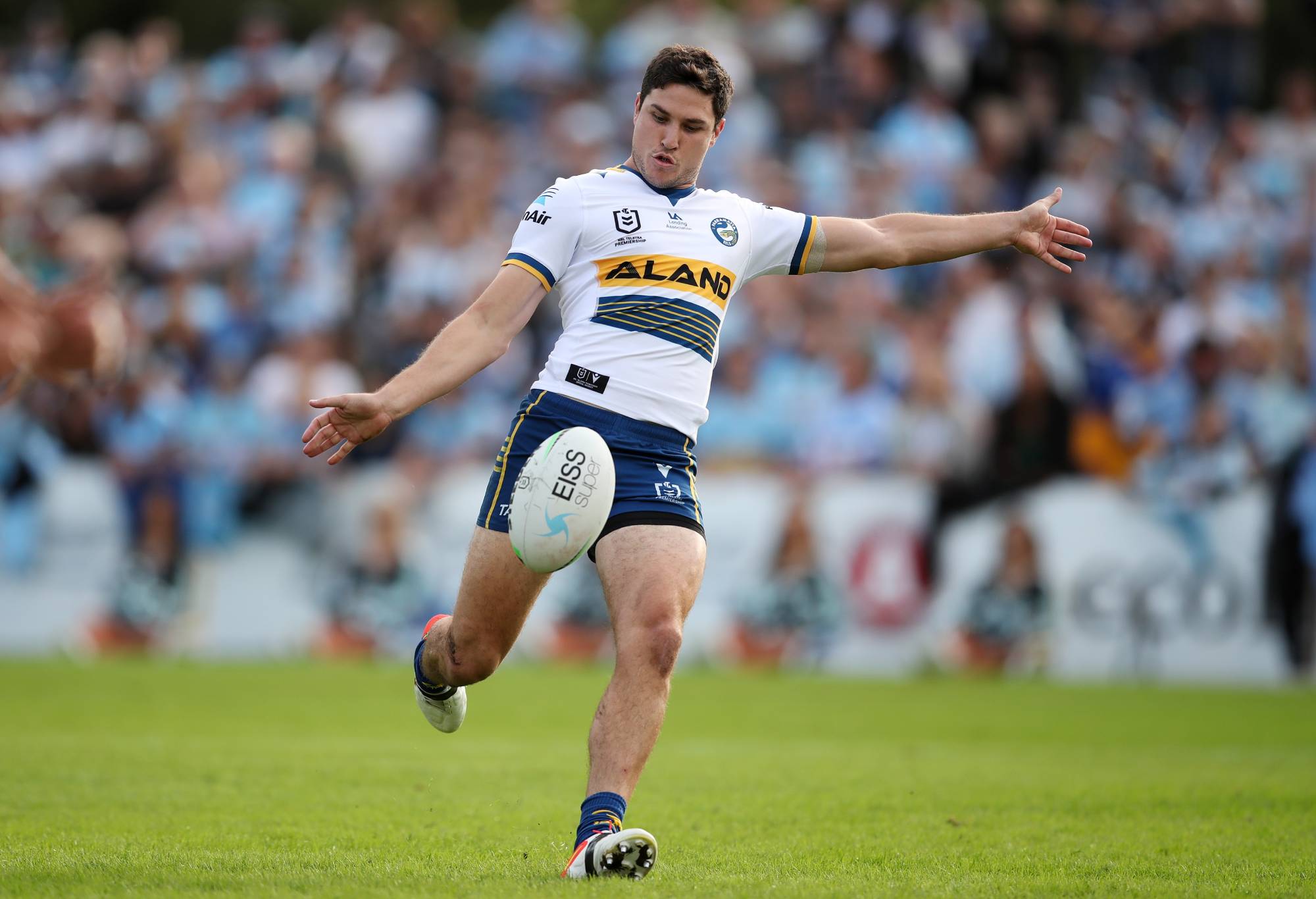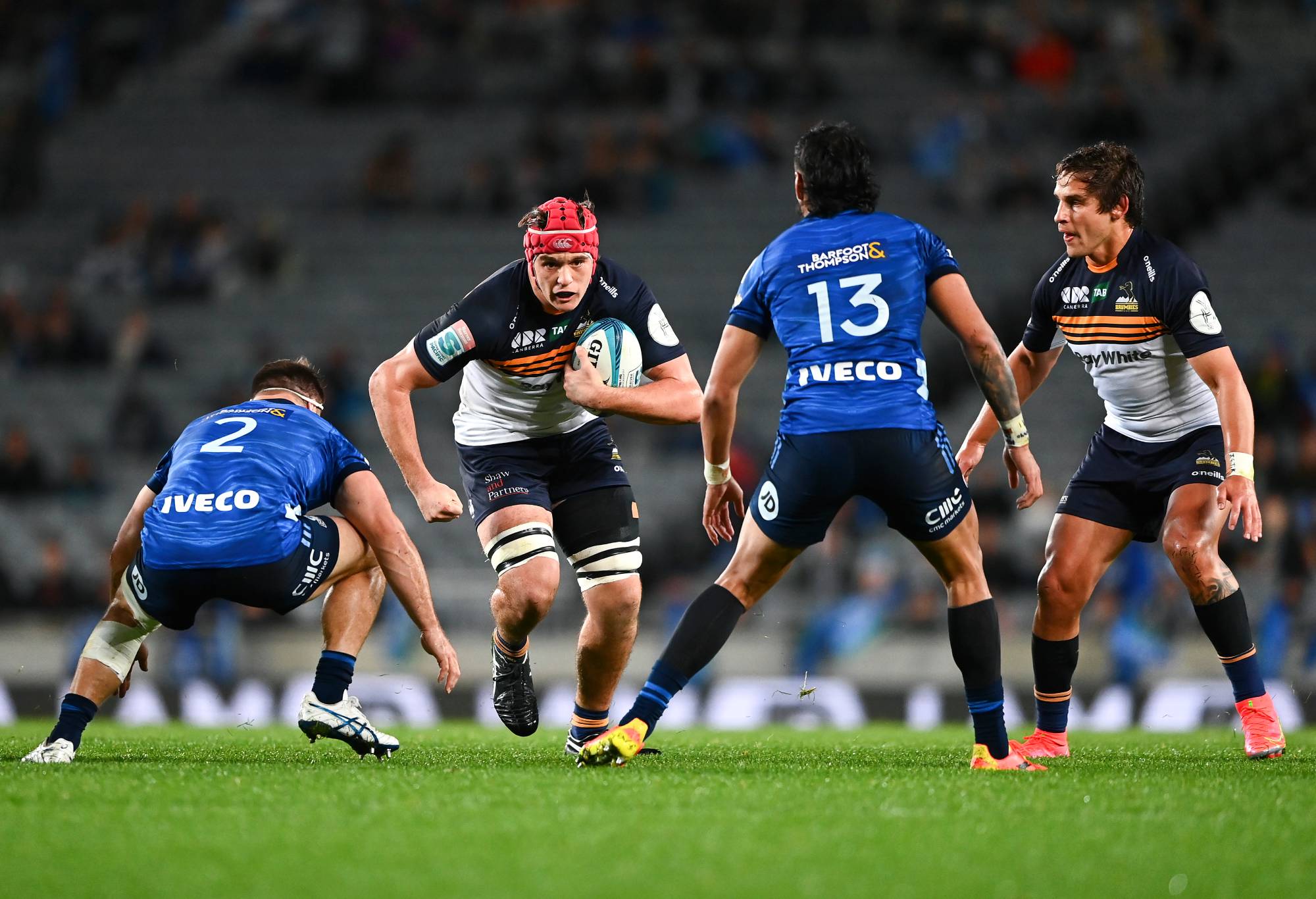Look, there’s not a new idea in the world and there’s even fewer in rugby union. Don’t just take my word for it: to paraphrase one of the leading historians of both codes, Dr Tony Collins, rugby union couldn’t think up a new on-field rule if it tried, because league has had a century more of trying to do the same thing.
The cascade of law changes since 1995 have largely been one way, which is neither criticism of union nor is it an assertion of the superiority of league.
It’s just an acceptance that one game is rooted, at its heart, in conservatism and the other has, from day dot, had a profit motive and, for want of a better phrase, a bit of the PT Barnum about it. We love a sideshow.
It’s not surprising that the NRL have decided to jazz up the pre-season trials with a few experimental rules, because they’ve done that before, but it is unusual to see those rules come in on the format side.
Changing the points awarded for on-field performance is very on-brand for professionalism era rugby union, but is rarely seen in league at any level. They’ll change basically every aspect of on-field play, but deciding who wins a tournament has largely been verboten.
Let’s recap the format changes: it’s 12 for a win and 6 for a draw, rather than the regular two and one respectively, but with a bonus point available for five tries or more, five line breaks or more or ten offloads or more. They cap it at 15 points for a win, nine for a draw and three for a loss.
It’s meant to make pre-season more fun, with a handy hundred grand in the bank for the winners too.
It’s a strange list of stats to reward. Just for funsies, I ran an analysis of which stats, of all those available on NRL data providers, correlate most highly with winning.
Line breaks make sense, given that the point of attacking is to break the line, but they’re just one way of scoring. Lots of tries are also line breaks in the stats – do you get double points for a try that is also a line break? – but lots of perfectly good tries aren’t.
If you’re really good at scoring tries from kicks, for example, you’d lose out, and some of the best tries you’ll ever see are off kicks. Line breaks correlate highly with winning (quelle surprise) but so do kick return metres and having a lot of play the balls. Should we reward them too?

(Photo by Matt King/Getty Images)
Offloads, too, are not necessarily a positive thing in a game. They’re mildly correlated with winning, but only slightly more than taking lots of chip and chases, and if you ask me which I’d prefer to see more of in a pre-season trial game, then stick me in the time machine back to 1985 and let’s get kicking.
Not to labour the point too much, too, but making a lot of bombs to corners is far more related to winning than having a good second phase is, as is (because correlation does not equal causation, stats fans) having an above average amount of foul play penalties.
Maybe the NRL should devise rules based around chip and chase plays and egregious foul play. Stick it alongside the three-grades-in-one-day nostalgia bomb and it’s a footy boomer’s wet dream.
Beyond the stats, the purpose of format rule changes is to reward a particular style of footy. Rugby union began integrating bonus points because it was deathly dull to watch and had on-field rules that incentivised negative play and, particularly, kicking penalty goals.
I don’t watch much rugby union – see above, deathly dull –but the fact that they’ve stuck with it for years would suggest that it has worked.
It wasn’t popular when Japan missed out on the World Cup knockout phase in 2015 despite winning three of four games and playing the sort of rugby that the bonus points system is meant to reward, or when England won a Six Nations via lucky loser points ahead of a French side that scored more tries.
But, after having been first used in the World Cup two decades ago, it’s still there. Tries went up, which was the point, too.
Super Rugby Pacific outscores the NRL by 7.4 tries per game to 7.1 (hat tip to my colleague Nick Bishop for RU stats), and given that most of a game of rugby union is spent doing nothing – ball in play time is 34 minutes, or 42.5% of the game, compared to 54 minutes (67.5%) in the NRL – then you could certainly argue that on a per-play basis, union now has more tries. It’s just all the other stuff you have to sit through to see one.

Tom Hooper of the Brumbies is tackled during the Super Rugby Pacific Semi Final match between the Blues and the Brumbies at Eden Park on June 11, 2022 in Auckland, New Zealand. (Photo by Hannah Peters/Getty Images)
The NRL has continually created fixes to problems that never really existed in recent years. There wasn’t a lack of tries, but it brought in the six again rule to increase scoring.
There’s not a lack of line breaks or offloads either, but we’ll now get to look at whether that might be incentivised further too. Given that every team is attempting to break the line as much as possible anyway, I can’t see it working.
I ran an analysis that applied the Pre-season Challenge format to the 2022 NRL Ladder to see what would happen…and nothing did. Literally nothing.
The Raiders would have won last year, with two trial victories and three bonus points’ worth of line breaks, tries and offloads ahead of the Cowboys, the only other side to win twice.
But spare a thought for the unlucky Warriors: they managed 12 points’ worth of win and two more points’ worth of bonuses in their victory over the Storm at Casey Fields – but were cruelled out of the only silverware in their history as their second pre-season game against the Titans was washed out.
They’d have only needed to win and pick up another point to have claimed the title.






























































































